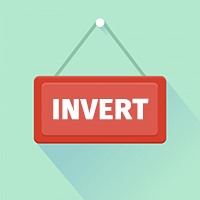Definition:-
A planer is a type of metalworking machine tool that uses linear relative motion between the workpiece and a single-point cutting tool to cut the work piece. A planer is similar to a shaper, but larger, and with workpiece moving, whereas in a shaper the cutting tool moves.
Types:-
- Pit Type Planer
- Divide type Planer
- Double Housing Planer
- Edge Type Planer
- Open Side Planer
Applications
Linear planing
The most common applications of planers and shapers are linear-toolpath ones, such as:
- Generating accurate flat surfaces. (While not as precise as grinding, a planer can remove a tremendous amount of material in one pass with high accuracy.)[1]
- Cutting slots (such as keyways).
- It is even possible to do work that might now be done by wire EDM in some cases. Starting from a drilled or cored hole, a planer with a boring-bar type tool can cut internal features that don't lend themselves to milling or boring (such as irregularly shaped holes with tight corners).
Helical planing
Although the archetypal toolpath of a planer is linear, helical cutting can be accomplished by coupling the table's linear motion to simultaneous rotation. The helical planing idea is similar to both helical milling and single-point screw cutting.
Current Usage
Planers and shapers are now obsolescent, because other machine tools (such as milling machines, broaching machines, and grinding machines) have mostly eclipsed them as the tools of choice for doing such work. However, they have not yet disappeared from the metalworking world. Planers are used by smaller tool and die shops within larger production facilities to maintain and repair large stamping dies and plastic injection molds. Additional uses include any other task where an abnormally large (usually in the range of 4'×8' or more) block of metal must be squared when a (quite massive) horizontal grinder or floor mill is unavailable, too expensive, or otherwise impractical in a given situation. As usual in the selection of machine tools, an old machine that is in hand, still works, and is long since paid-for has substantial cost advantage over a newer machine that would need to be purchased. This principle easily explains why "old-fashioned" techniques often have a long period of gradual obsolescence in industrial contexts, rather than a sharp drop-off of prevalence such as is seen in mass-consumer technology fashions.
What is Planer machine and types
4/
5
Oleh
Unknown











